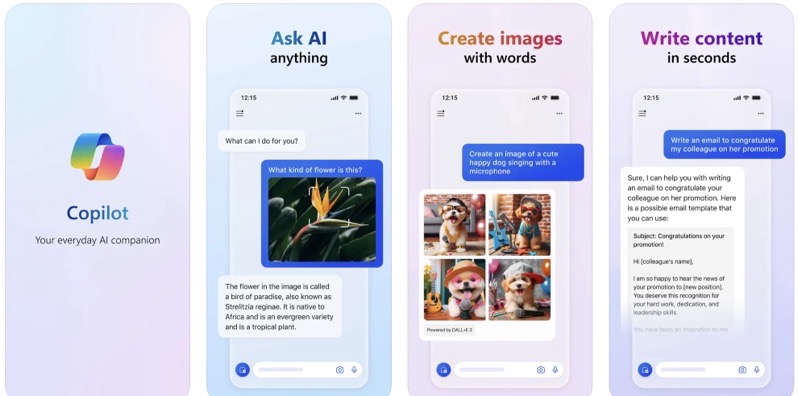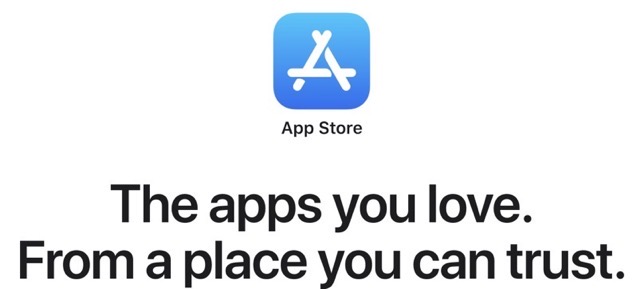
Apple Lets Developers Publish Unlisted Apps in the App Store
Apple introduced a new App Store feature this week called “unlisted app distribution” for developers.
Unlisted app distribution allows developers to publish apps that are hosted on the App Store but are not publicly available. Instead, users will only be able to discover and install an unlisted app if they have a direct link to it.
“Release your apps that aren’t suited for public distribution as unlisted on the App Store, discoverable only with a direct link. Unlisted apps don’t appear in any App Store categories, recommendations, charts, search results, or other listings,” reads the Apple Developer page for the new feature.
The new functionality has some interesting use cases in instances where an app is designed to be used by a specific selection of people and making it accessible to the general public would be counterintuitive. Unlisted app distribution will prove especially useful for organizations, private events, research studies, and similar applications.
The hidden-but-not-private visibility afforded by this feature will allow app distribution to limited audiences or devices owned by organization members, or across all regions supported by the App Store.
Apple confirmed that unlisted apps will only be accessible via direct links, Apple Business Manager, and Apple School Manager.
An unlisted application will still have to be submitted to the App Store and pass the App Review process, much like any other app. The only difference is that once it has been approved, it won’t be available to the general public — only to people with a direct link.
Apple makes it very clear that unlisting an app is not meant as a way to distribute pre-release software. Once an app has been approved as unlisted, its visibility status cannot be changed, so beta apps should continue to use Apple’s TestFlight system.
Apple on Thursday announced a record $123.9 billion USD in revenue for its fiscal Q1 2022, which ended December 25, 2021, representing an 11% increase year-over-year. Revenue from Services, which includes money Apple makes from the App Store, was the second-highest contributor to that total, at $19.5 billion.


